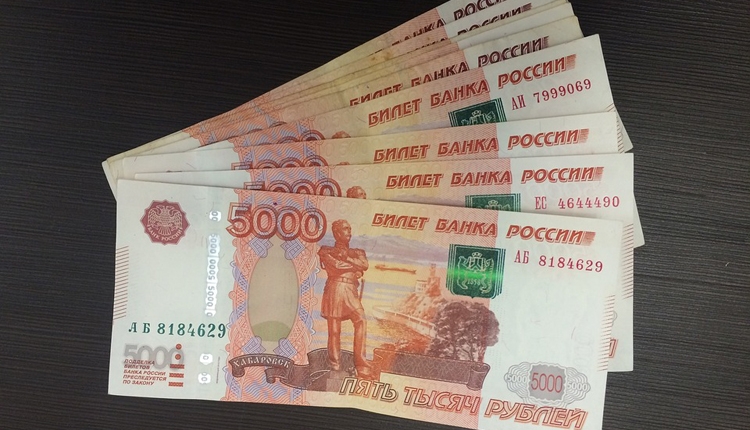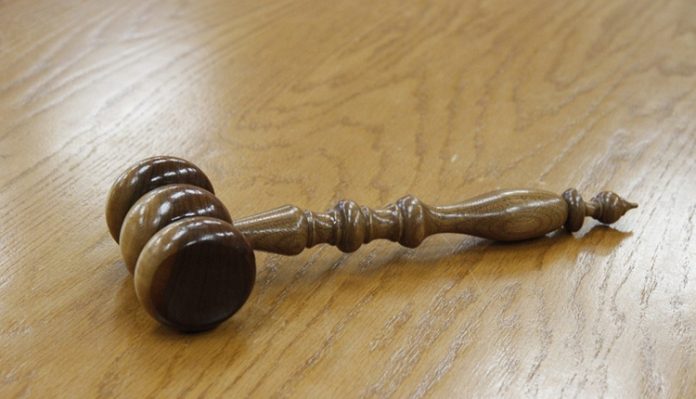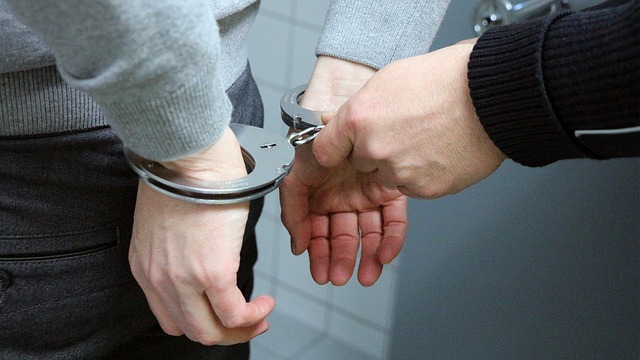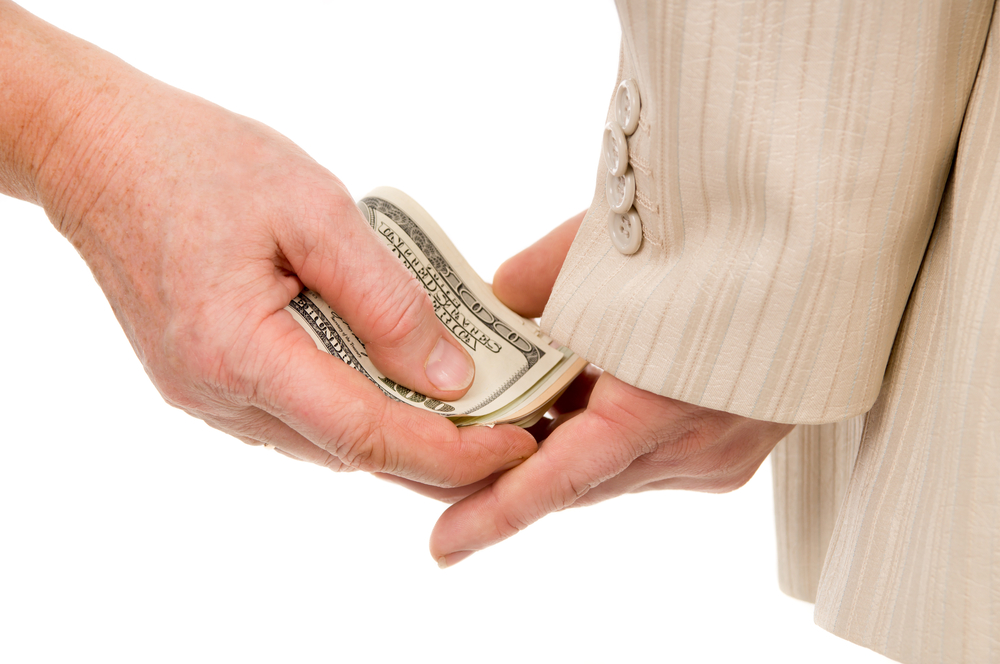Existing antitrust laws prohibit restricting, preventing or eliminating competition. Many legislative provisions, however, establish responsibility not for a specific action, but for its consequences. In this regard, it can be quite difficult to assess the degree of danger of some operations on the market, since it is impossible to predict their results in advance.

The situation with cartels is somewhat simpler. The law expressly prohibits concluding cartel agreements. Accordingly, it is enough to prove to controlling structures, and unscrupulous participants to realize the very fact of such a conspiracy. Let us further consider in detail what a cartel is and what responsibility is provided for its creation.
General information
Cartel conspiracy is an agreement prohibited by law between competitors about:
- market section;
- prices;
- creating a shortage of products;
- bidding;
- a boycott of certain categories of customers.
The antimonopoly authority must prove the very fact of the existence of the cartel. Dangerous consequences for the economy are implied. This means that the supervisory authority is not required to prove their offensive, including probable, to bring the person to administrative responsibility. The situation with criminal punishment is somewhat different.
Current Art. 178 of the Criminal Code provides for various sanctions for violators of antitrust laws. However, for their imputation it is necessary to collect evidence.
Qualification Features
To determine the signs of a cartel conspiracy, you must:
- Establish product and geographical boundaries of the product market. This is necessary to confirm the fact of the sale of goods by participants in a cartel conspiracy in one market.
- Prove that sellers or manufacturers of products are competitors.
- To establish the fact of concluding a cartel agreement.

Features of evidence
In order to hold individuals accountable under the Criminal Code, the FAS Russia uses two types of evidence: indirect and direct. The latter include documents (protocols, agreements, statements, etc.), as well as testimonies of witnesses that directly indicate the presence of violations. To obtain such evidence, the FAS Russia conducts surprise checks. As practice shows, often during such events clearly anticompetitive documents are discovered, signed by market participants.
In recent years, finding direct evidence has become increasingly difficult. In many cases, regulatory authorities find documents showing cartel conspiracy in which participants use pseudonyms. In this regard, the collection of circumstantial evidence indicating secondary, additional facts related to a particular violation is of great importance in investigations. To obtain them, regulatory authorities analyze the behavior of business entities, the structure of the market, perform mathematical calculations and examinations. The results of all these events act as indirect evidence.
Nuances
As the employees of the regulatory authorities themselves explain, the antimonopoly service has a kind of “red line” for cases where there is no direct evidence of a cartel conspiracy. The decision to punish the guilty persons is made if the results of the economic examination show the unacceptability of the situation on the market, and if there is one or two additional evidence of a violation of the law.However, it is worth saying that the controlling structures do not directly name the circumstances to which they can respond. This is done so that unscrupulous competitors could not prepare for inspections.

Subject of evidence
When analyzing the market and the behavior of economic entities, the antimonopoly body, investigating cartel agreements, seeks to find confirmation that:
- competitors act uniformly and synchronously without any objective reason for this;
- the activities of the subjects are contrary to their interests;
- business operations could not be completed under any circumstances, except in the presence of collusion.
Judicial Practice Issues
In many countries, practical guidelines have been developed and successfully used to prove and investigate cases of cartel conspiracy. They are fixed, as a rule, not in normative acts, but are fixed in reviews of judicial practice.
Domestic antitrust legislation has come into effect relatively recently. Accordingly, the judicial practice in cases of forms of restricting competition is still quite contradictory.
In addition, complex cases are dealt with by the same judges who decide to challenge non-normative acts of government. Due to the lack of specialization that allows authorized persons to see not only the legal, but also the economic side in cases of cartels, it deprives the materials provided by entities suspected of collusion of evidentiary value. As a result, judges trust the conclusions made on the basis of inspections of complaints about cartel conspiracy at the FAS.
In this regard, practical guidelines developed by regulatory bodies are becoming increasingly relevant. One of them is the order of the Federal Antimonopoly Service No. 220 of 2010. It explains the procedure for determining the product and geographical boundaries of the product market. Today, work is underway to develop a similar practical guide to determining the extent of damage and vertical agreements.

Stages of proof
To hold accountable for cartel conspiracy under the Criminal Code of the Russian Federation, it is necessary:
- To reveal inconsistent, illogical behavior of an economic entity in the market.
- Detect a “breakdown” in the actions of an entrepreneur. For example, he sold the product at 10 p. / Pcs., But suddenly increased the price by 5 times.
- To identify differences in the behavior of entrepreneurs suspected of collusion from the actions of other market participants.
- Prove the likely existence of an agreement to eliminate competitors.
According to experts, the first and second stages can merge into one. However, regulatory authorities usually use various methods in the process of evidence. The FAS implements both stages, opening business on collusion, reacting to certain events on the market. One telling example is the sudden increase in buckwheat prices.
Features of the application of economic models
The methods of evidence that the regulatory body chooses are usually not fixed in practice. Economic models are constantly being transformed under the influence of the market situation. Every year, new techniques arise that refute or replace the old ones.
Often during the proceedings between the regulatory body and the cartel participants, a dispute arises about the validity of a particular model.

Identification of differences in the behavior of subjects
To prove the presence of certain deviations in the actions of market participants, a set of economic measures based on the collection of information has been developed. The methods used in the third stage are more detailed.
The description of a particular economic model usually begins with the conditions in which it can be applied. The antimonopoly authority needs to compare it with the actual state of affairs. Such a check is carried out for each economic model until the most suitable one is selected.
FAS is actively applying a method of comparing the behavior of entities suspected of conspiracy with the actions of competitors. However, it is worth noting that in foreign practice such an analysis acts as an obligatory stage of proof, and not a tool that can be used in one case and not used in another.
Transition to direct evidence of collusion
According to the results of the first three stages, a large body of information is accumulated by the regulatory body and the cartel participants. Information comes from consumers, statistical agencies, and other sources.
The regulatory body, using this information at the final stage, must formulate a reasonable conclusion about the existence or absence of collusion. For this, as a rule, one mathematical model is selected. The task of the antimonopoly authority ultimately boils down to proving why he chose this particular technique. Participants of the alleged cartel, in turn, justify the reasons for the impossibility of using this model.

The specifics of legal proceedings
The economic evidence in cartel cases are those documents and materials in which there are reasonable conclusions about:
- the product and geographical boundaries of the market within which the violation was committed;
- the time period within which the study was conducted;
- the composition of the subjects.
These include, but are not limited to:
- FAS analytical report;
- expert opinion;
- written, oral explanations of economists and other specialists, as well as witnesses involved in court proceedings.
Criminal liability
Sufficiently severe punishment for participation in the cartel is provided for in Art. 178 of the Criminal Code.
Criminal sanctions apply to economic entities if their actions:
- caused major damage to organizations, individuals or the state;
- entailed large-scale revenue generation.
The punishment will be toughened if the restriction of competition through participation in the cartel is committed:
- subject using his official status;
- with damage / destruction of property belonging to other persons, or with the threat of such actions (if there are no signs of extortion);
- with the infliction of especially large harm or the extraction of income in especially large amounts;
- with the use of violence or threatened with their use.
One of the following punishments may be charged with the guilty:
- Cash recovery.
- Correctional work.
- Imprisonment.
- Deprivation of the right to carry out activities or occupy posts established by the court.
- Forced work.

Checking Assumptions
In economic analysis, different mathematical models can be used that characterize the actions of market participants under normal conditions and in the presence of a cartel. However, all these schemes are based on one principle. Cartel conspiracy allows participants to establish the cost of products several times higher than the price of competitors, and thereby derive superprofits.
However, models in any case are a conditional description of the real situation. Therefore, all the assumptions on which they are based require verification.
If there is a dispute about the existence of the cartel, it is necessary to find answers to 2 main questions:
- Did the cartel cause a profit increase due to overpriced production?
- Is the analyzed market transparent enough?
Unfortunately, the first question is often forgotten in practice. Here you need to remember the reason for the prohibition of the cartel. The ban in the legislation is established because the collusion of competitors always leads to higher prices, and this, in turn, causes harm to consumers. This assumption should be checked by economists. The fact is that it may turn out that the profit margin actually decreased during the period when, according to the assumption of the regulatory body, a cartel was created.
In order to create a cartel, economic entities should be able to understand what competitors are doing. If one of the participants increases the cost of production, then he will lose customers, as they switch to goods from other manufacturers. If there is any doubt about the transparency of the market, the likelihood of a cartel is minimal.
